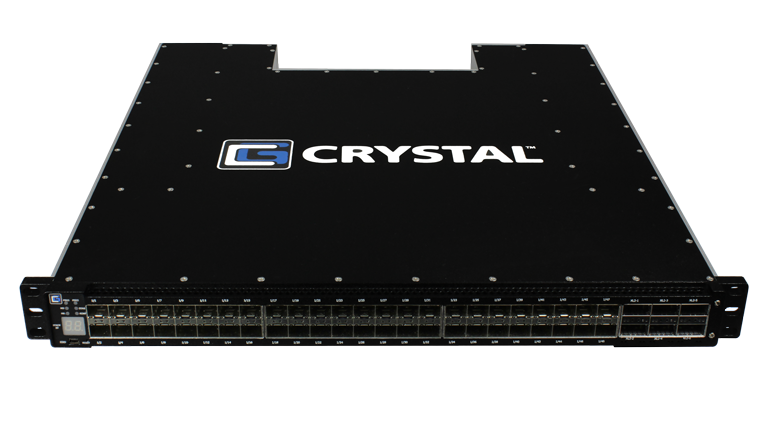High-performance compute solutions that deliver powerful, seamless performance in demanding environments
Dust, heat, and humidity are common enemies for computer hardware tasked to processing data with minimal latency and ensure that data is relevant. Whether the equipment is being used to fuse massive amounts of data or real-time inference, delivering real-time, continuous performance is necessary.
Operating at the edge, harsh conditions are expected, and vibration, shock, and thermal management challenges must be prevented before they even begin.
Edge computing brings the data center to the field and front lines by providing rugged, reliable solutions that is required for:
- Autonomous vehicles
- Power grid
- Offshore drilling
- Weapons systems
- Artificial Intelligence (AI)
- Missile defense systems
- Shipboard and airborne applications
Delivering high-performance computing at the edge requires expertise in ruggedization. Shock, vibration, and humidity are the key environmental concerns when providing edge solutions. Optimizing thermal performance while limiting solder joint deflection is crucial to system availability.







